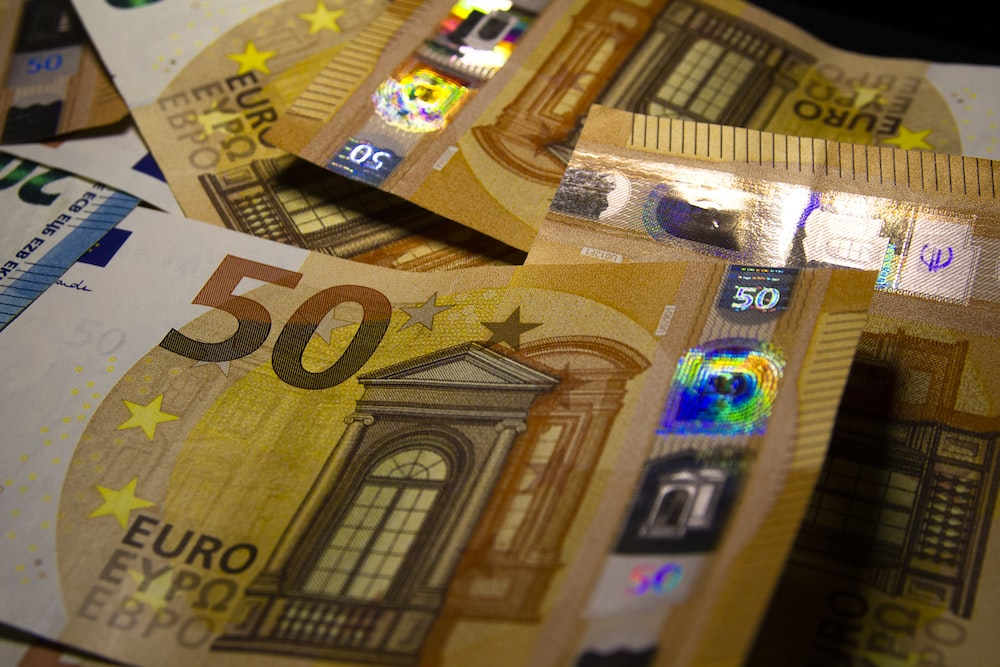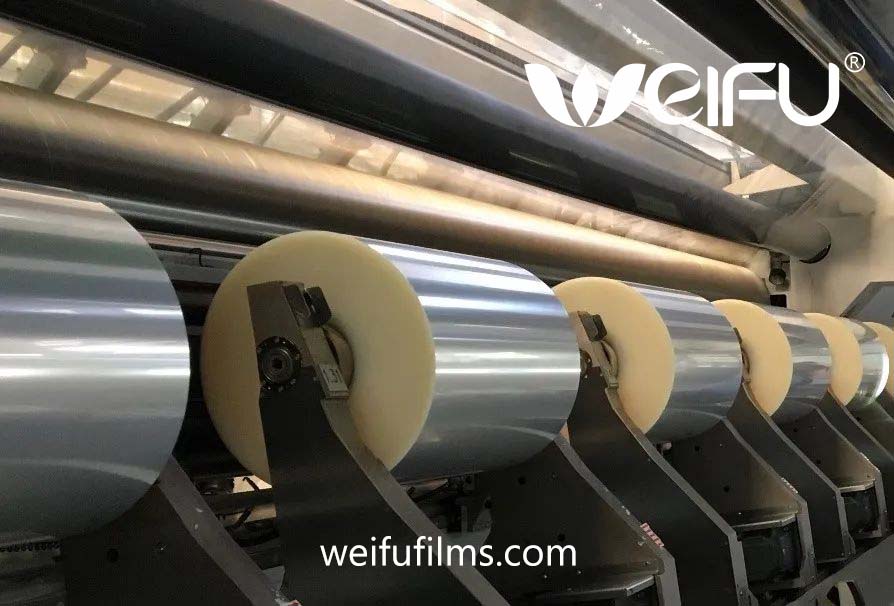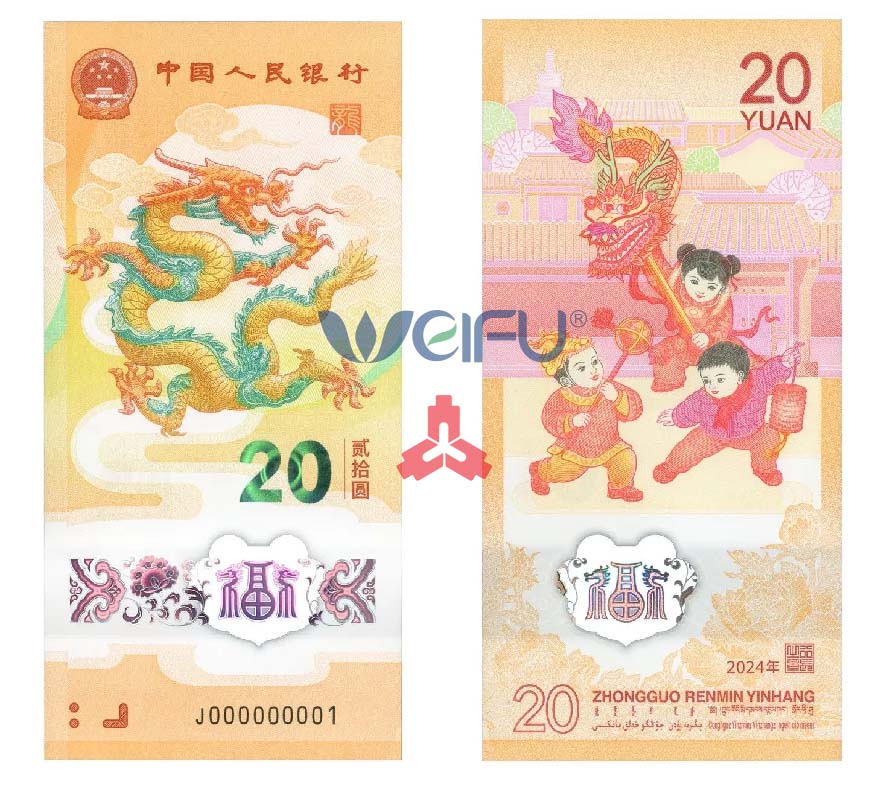2023.12.21
What’s Unique about Polymer Banknotes: History, Material and Manufacturing Processes
Polymer banknotes were first built by the Reserve Bank of Australia and CSIRO (Commonwealth Scientific and Industrial Research Organization). In 1988, Australia became the first country to bring polymer banknotes into circulation. Today, there are many countries that have replaced traditional paper-based banknotes with polymer banknotes.
Polymer banknotes are made from polypropylene, but their manufacturing process is much more complex. So, this article is a comprehensive exploration of polymer banknotes, covering the details of the material and manufacturing process.

Materials of Polymer Banknotes
Polymer banknotes are made from a synthetic polymer such as BOPP (biaxially oriented polypropylene). BOPP, a type of polypropylene, is known for its crystal-clear transparency, stiff yet flexible, strength, anti-static, and resistance to moisture and chemicals. These attributes make it ideal for banknote production.
Advantages of BOPP Over Traditional Materials
When compared to paper, BOPP offers a wide range of advantages:
- Extending lifespan
- Considerable durability
- Provides better resistance against tearing, humid, and soiling
On top of that, BOPP offers an excellent anti-counterfeiting function. It can incorporate many security features, such as holograms, microprinting, transparent windows, and much more. These security measures are hard to replicate and showcase a strong defence against counterfeit attempts.
Manufacturing Process of Polymer Banknotes
Considering the advantages of polymer banknotes over traditional paper notes, their use is growing with every passing year. Today, there are over 45 countries in the world that are using polymer banknotes. However, only a few of them can self-develop and manufacture polymer banknotes. This is mainly because of the complex manufacturing process for polymer banknotes.

Unlike paper banknotes, polymer banknotes require specialized equipment. In fact, the thin polymer base film is difficult to manipulate and demands proper expertise. It requires:
1.Production of Polymer Base Film (BOPP Film):
The base film of plastic banknotes is made primarily from polypropylene and processed through bi-directional stretching technology to produce a multi-layered thin film, commonly referred to as BOPP film. To make them fantastic banknotes, it is necessary to address drawbacks, such as their softness, difficulty in ink adhesion, susceptibility to thermal deformation, and severe static electricity. In this context, the operators “transformed” the film by upgrading resins, structure, and production technology. To understand this process, think of the noodles and flatbreads we eat! During the film manufacturing process, polypropylene is like a thick dough, which becomes a thin, transparent, and uniformly thick film after being stretched in machine direction and then in transverse direction.
Specifically, in the "making of the flatbread" (manufacturing of the film) process, the "flour" represents a specially formulated resin, the "multi-layered flatbread" represents a special design of the core and surface structure of the film, and the "rolling out" process is the bi-directional stretching technique. In this stage, the "large flatbread" (film) is given a balanced effect of stiffness and flexibility, while "baking the flatbread" involves surface polarity treatment. Finally, a deliciously fragrant "large flatbread" (a transparent film suitable for printing) is well produced.
2.Coating:
The polymer base film (BOPP film) is now coated to make it paper-like and printable.
3.Printing:
The coated BOPP film is then printed with intricate designs and national symbols before being cut into individual banknotes.
4.Incorporation of Anti-counterfeiting Features:
Various security features like holograms, transparent windows, and complex watermarks are embedded within the BOPP layers throughout the production phase.
Wrapping Up
Polymer banknotes are the future of cash currency and are slowly going to replace traditional paper-based notes across the globe. Their longer lifespan, highly resistive nature, and excellent anti-counterfeiting function make them ideal for cash currency. However, their complicated manufacturing process hinders many countries from having an independent, self-developed, and manufactured infrastructure.
Talking specifically about China, we at Weifu are the only supplier of China's polymer banknote BOPP base film. As one of the leading BOPP film manufacturers, we have cooperated with the Chinese Academy of Sciences and successfully developed the Year of the Dragon commemorative banknote. In addition, we have also developed the Beijing 2022 Winter Olympic Games Commemorative Note, which is China's very first independently developed polymer banknote and marks China as the third country to be able to self-develop and manufacture polymer banknotes in the world.

For more information about our capability, you can visit our website.